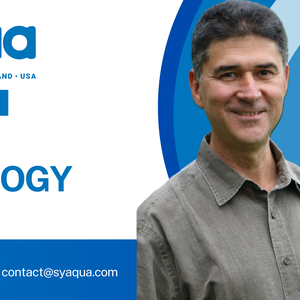The modulation of microbial communities can be a useful strategy to improve the health of animals in aquaculture and one way to do this is through fecal and intestinal microbiota transplantation. This is what a research group from the Spanish Institute of Food Research and Technology (IRTA) did, the first intestinal microbiota transplant between two different fish species: Atlantic salmon (as a donor) and gilthead seabream (as a recipient).
In addition to establishing an interspecific microbiota transplant protocol in fish, the trial aimed to reveal the influence of diet on the maintenance and incorporation of new microorganisms after transplantation. While one group of gilthead seabream continued to be fed with their usual diet, another group was fed with the feed from the donor salmon after transplantation.

Transplatation scheme. Credits: IRTA
Thirty-six days after the transplantation, researchers observed that the microbial richness of seabream that continued to be fed their usual diet was still similar to that of the original one (before transplantation), and different from the donor salmon. The opposite happened in the case of seabream fed the same diet as salmon; at the end of the test, they had a microbial richness equal to that of the salmon and different from the starting seabream.
Furthermore, a differentiation was observed in the richness and phylogenetic diversity of the microbiota of the post-transplant seabream depending on their diet. In terms of bacterial community composition, seabream fed their typical diet after transplantation ended up having a microbiota with many bacterial taxa present in the feed they received, and in similar abundances, such as the probiotic genera Lactobacillus and Ligilactobacillus. Seabream fed with salmon feed had a unique microbiome over time, with a progressive decrease in the relative abundances of the genera Photobacterium and Vibrio, and an increase in Escherichia-Shigella, Acinetobacter and Corynebacterium, among others.
The results suggest that although intestinal microbiota transplantation could be a viable strategy to modulate microbial communities of animals at the will of farmers with beneficial health purposes, certain key factors must also be considered for higher efficiencies, such as diet which plays a fundamental role in the regulation of microbial communities after transplants.
The study is part of the ADIPOQUIZ project, coordinated by the IRTA Aquaculture program and financed by the Ministry of Science, Innovation and Universities.
Reference:
Ruiz, A., Gisbert, E. & Andree, K.B. Impact of the diet in the gut microbiota after an inter-species microbial transplantation in fish. Sci Rep 14, 4007 (2024). https://doi.org/10.1038/s41598-024-54519-6













